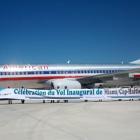ADVERTISEMENT
Photos
The City of Fort-Liberte
The bay of Fort-Liberte at one point was the site of Caribbean's largest sisal plantation until nylon was invented.
An economy that use to depend strictly in agriculture, Fort-Liberte had in the old days had a vibrant economy. The region was reputable for its tillage plantation, but also sugar-cane, coffee, cocoa, and cotton. At one point during the Colonization period, there were 793 sugar plantations, 3,117 coffee plantations, 789 cotton plantations,
View of Fort-Liberte
A city naturally designed to be a great place. The coast line between Fort-Liberté Bay and Point Yaquezi has a low sandy beach. The reefs with mangrove forests are unique. The entrance to the city is easily recognizable
Between 1503 and 1505, Nicolás Ovando founded the town of Puerto Real around the town of Caracol, to the west of Fort-Liberté.
View of Fort-Liberte, Haiti
Here is an areal view of Fort-Liberte, Haiti. During the time of the Colonialization, The Harbor of Fort-Liberte was a major port for import and export.
The port is strategically located in the centre of the bay and used to be utilized as a naval base by the French
There ater two major forts which are at the base of the city name. Fort Lachatre and Fort Labourque were captured by Toussaint Louverture the leader of the Haitian Revolution, in 1793.
Cathedral of Fort-Liberte
This is a colonial Cathedral in the historic city of Fort-Liberte.
Fort-Liberté is located in the Nord-Est Department, which borders the Dominican Republic.
It is part of three municipalities, including Ferrier and Perches. The City of Fort-Liberte has a long history. During the colonial era, it was a major plantation area, and today it remains an important coffee-producing area.
Louis Elie Lescot, born in Saint-Louis du Nord
Here is the Haitian President Louis Élie Lescot. He was born in Saint-Louis du Nord, Haiti. With close to 70,000 in population, Saint-Louis-du-Nord is a municipality in the Saint-Louis-du-Nord Arrondissement, in the Nord-Ouest Department of Haiti.
It is located on the northern coast of Haiti, a few hours west of Cap-Haitien
FRANKLIN ROOSEVELT and ELIE LESCOT
A memorable picture of Franklin Roosevelt and Elie Lescot.
Franklin Delano Roosevelt was the 32nd President of the United States. He was a dominant leader of the Democratic Party and the only American president elected to more than two terms.
The domestic policy of Franklin Delano Roosevelt redefined American liberalism for the middle third of the 20th century.
During World War II, he gave strong diplomatic and financial support to China and Great Britain, while remaining officially neutral.
Elie Lescot and the SHADA Rubber project
The SHADA began production in 1941 in Haiti with the help from the American government. In 1943, an estimated 47,177 acres of productive land in Haiti were cleared for the planting of cryptostegia vine.
This affected Haitian farming a great deal. the project acquired over 100,000 hectares of land. Farmers in the North of Haiti were lured from food crop cultivation to meet increasing demand for rubber.
Former Haitian President Elie Lescot
This is a picture of Former President of Haiti, Elie Lescot.
A Haitian Mulato elite, born in Saint-Louis du Nord to a middle-class family. Haitian history would inform us that Elie Lescot completed his secondary education in the historic city of Cap-Haitian. Then, he moved to the city of Port-de-Paix where he became involved in the import export business.
Elie Lescot put his feet into the water of Haitian politic in 1911. By 1914, he was elected to the Chamber of Deputies two years later.
Douane an Hotel communale in Port-au-Prince, Elie Lescot
Here is a picture of the Douane an Hotel communale during the government of Elie Lescot.
Elie Lescot spent about 5 years in office which is from May 15, 1941 to January 11, 1946. He was a Haitian Mulato born from a wealth Haitian family. Elie Lescot developed a very close relationship to the US government during his administration.
There were many issues related to his government. Elie Lescot used harsh political repressive measures to keep his opponents quiet. Throughout his government, Haiti suffered harsh economic downturn
Elie Lescot, Stenio Vincent, Rafael Trujillo
Here is a picture dated back 1935. In this picture, you see Elie Lescot, Stenio Vincent and Rafael Trujillo of the Dominican republic.
As you may remember, in 1937, over 20,000 Haitians were massacred in the Dominican Republic. This is to be called The Parsley Massacre. This was a government-sponsored genocide of the Dominican Government in October 1937, headed by the Dominican dictator Rafael Trujillo.
The massacre took place following a direct order of Dominican President Rafael Trujillo who ordered the execution of the Haitian citizens living in the borderlands with Haiti.
This action by Trujillo was supposed to be a response for Haitians at the border allegedly involved in cattle and crops stealing from Dominican residents

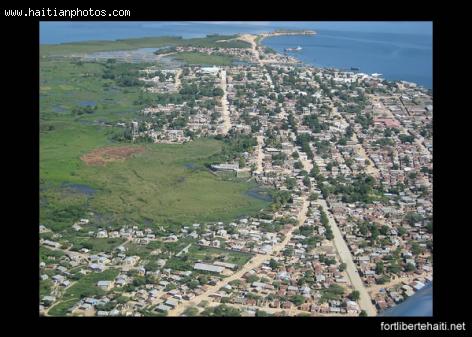


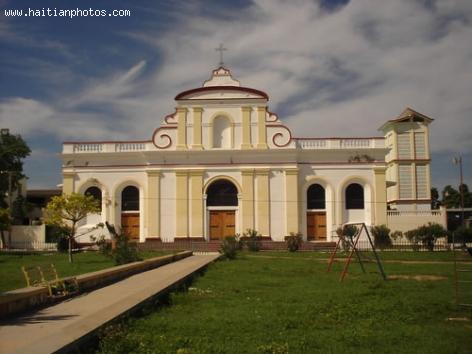
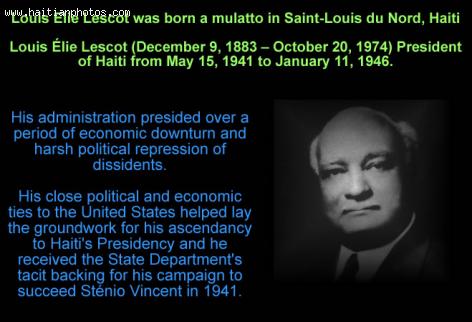

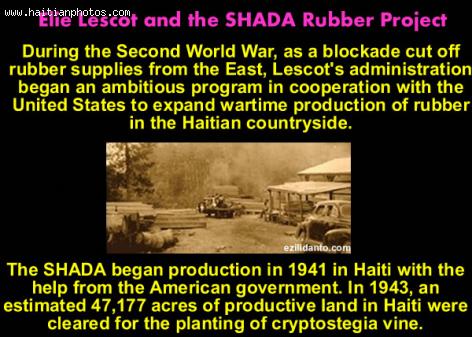
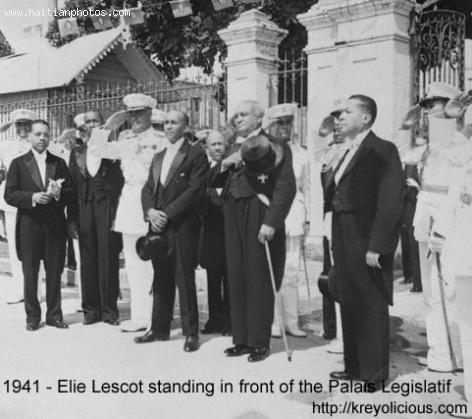
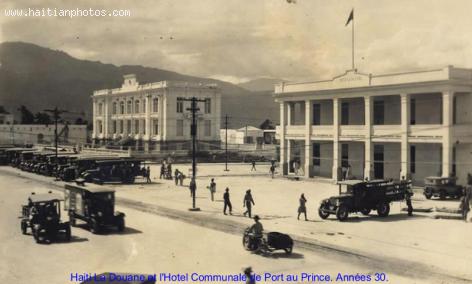

 Church Avenue Bakery Haitian Patties
Church Avenue Bakery Haitian Patties  Who will be the next president of Haiti?
Who will be the next president of Haiti?  François Nicolas Duvalier Potential Candidate for President of...
François Nicolas Duvalier Potential Candidate for President of... 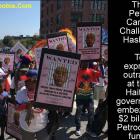 The Petro Caribe Challenge hashtag
The Petro Caribe Challenge hashtag 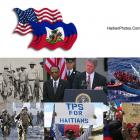 Haitians, the second largest black immigrant group in the US
Haitians, the second largest black immigrant group in the US 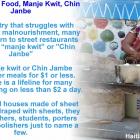 Haiti Street Food, manje kwit or Chin Janbe, for $1 or less
Haiti Street Food, manje kwit or Chin Janbe, for $1 or less  Meet Haitian-American professional baseball pitcher Touki...
Meet Haitian-American professional baseball pitcher Touki...  Philippe Vorbe entered world football Hall of Fame, CONCACAF
Philippe Vorbe entered world football Hall of Fame, CONCACAF 



